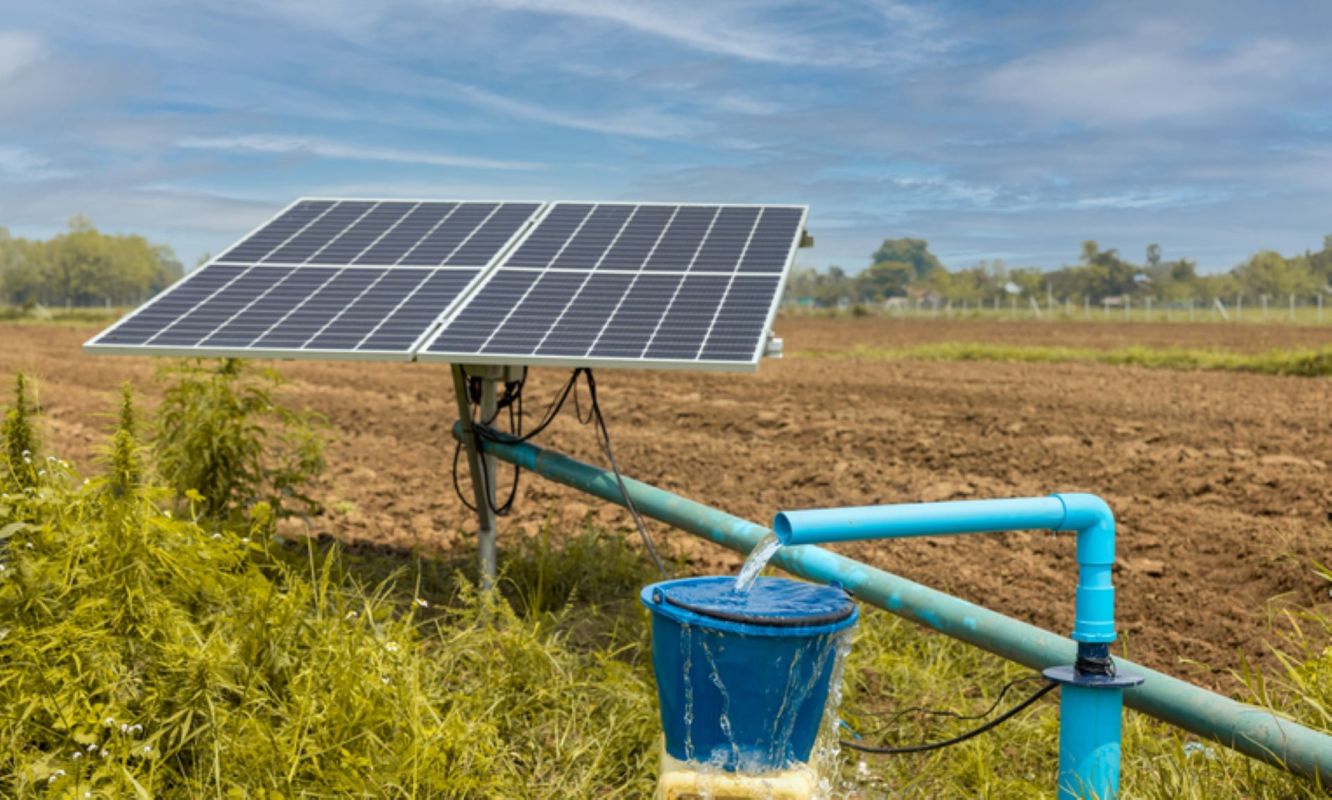Many of us spend our mornings sipping coffee and thinking about life. What we likely don't think about is where our coffee was grown and who grew it.
For millions of people in sub-Saharan Africa, however, coffee and other crops are all they think about. Now, in a bit of good news for both the growers and the environment, Phys.org reported that a new study found that standalone solar photovoltaic irrigation systems may meet over a third of the water needs for crops grown on small-scale farms across the region.
The study was led by The International Institute for Applied Systems Analysis (IIASA) and published in Environmental Research Letters as part of the Renewables for African Agriculture research project.
In it, a team of researchers from around the world "developed an open-source modeling framework that used various datasets related to agriculture, water, energy, expenses, and infrastructure" and was "employed to calculate local irrigation needs, determine the necessary size and cost of technology components … and assess the economic prospects and sustainable development impacts of adopting solar pumps," per Phys.org.
According to Farm Sahel, the population of sub-Saharan Africa is over 1.33 billion, 61% of which is directly or indirectly involved in agriculture. Phys.org further pointed out that 80% of the total agricultural production in sub-Saharan Africa and Asia comes from smallholder farmers — those who farm small plots of land by themselves or with help from family members.
These farmers face constraints, like erratic rainfall and limited mechanization, that hinder their ability to increase productivity, resulting in a significant yield gap.
This leads, in large part, to the food insecurity and poverty that plague the region's population.
Solar-powered irrigation could eliminate this and help end hunger in this region and other developing countries.
Aside from helping farmers, it would also greatly benefit the environment by allowing the region to shift to clean energy, reducing air pollution and the release of toxic, planet-warming gases caused by traditional farming methods.
"We estimate an average discounted investment requirement of US$3 billion per year, generating potential profits of over US$5 billion per year from increased yields to smallholder farmers, as well as significant food security and energy access co-benefits," explained Giacomo Falchetta, lead author of the study and a researcher in the Integrated Assessment and Climate Change Research Group of the IIASA Energy, Climate, and Environment Program.
"Reducing the irrigation gap with cost-effective solar pumps can boost food production and improve nutrition, contributing to SDG 2 (Zero Hunger)," Falchetta continued. "Furthermore, surplus electricity generated by these systems could serve other energy needs, aligning with SDG 7 (Affordable and Clean Energy)."
Join our free newsletter for weekly updates on the coolest innovations improving our lives and saving our planet.









